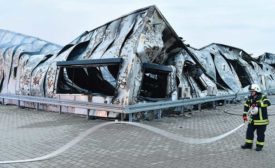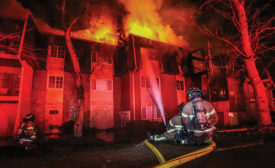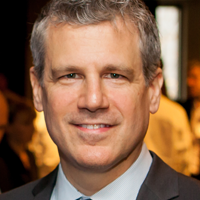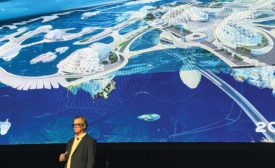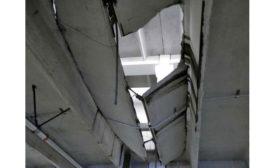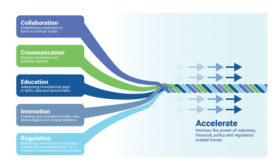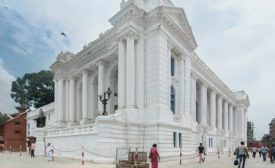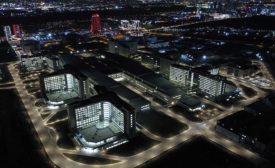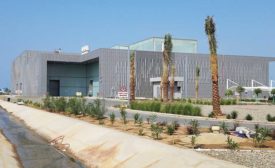Buildings
Global Best Projects 2019
Project of the Year Finalist, Health Care: Ankara Bilkent City Hospital
Read MoreGlobal Best Projects 2019
Award of Merit, Renovation/Restoration: Dow Innovation Center
September 25, 2019
Global Best Projects 2019
Award of Merit, Renovation/Restoration: West Block Rehabilitation
September 25, 2019
The latest news and information
#1 Source for Construction News, Data, Rankings, Analysis, and Commentary
JOIN ENR UNLIMITEDCopyright ©2025. All Rights Reserved BNP Media.
Design, CMS, Hosting & Web Development :: ePublishing
